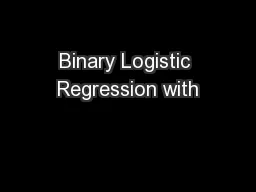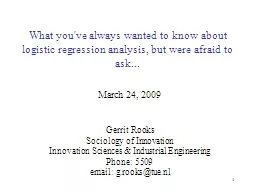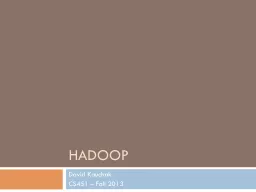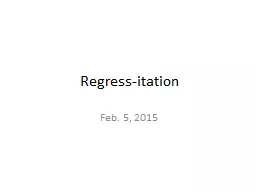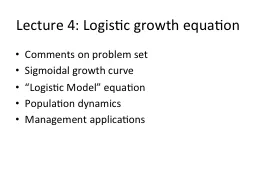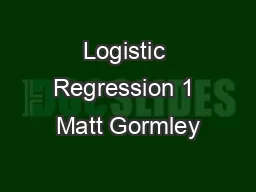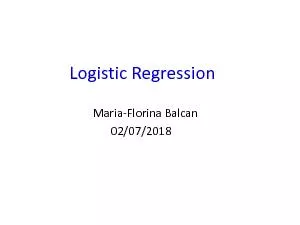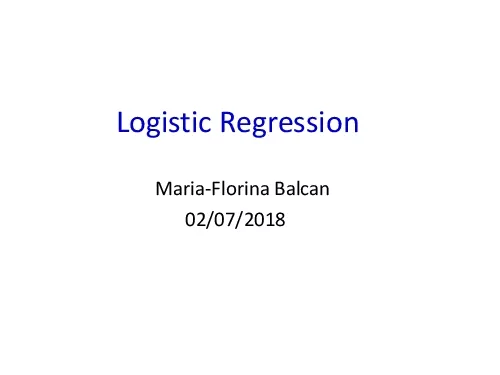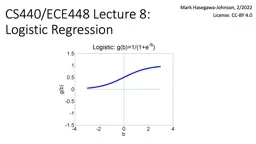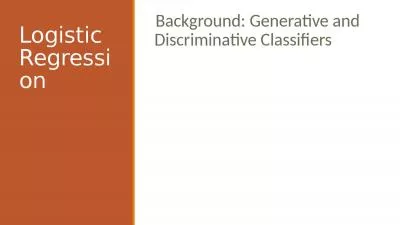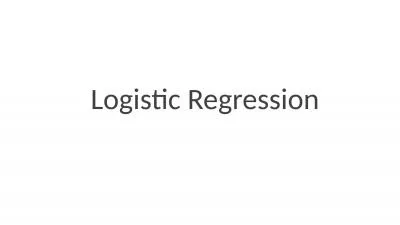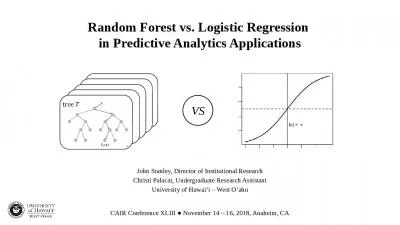PPT-Binary Logistic Regression with
Author : liane-varnes | Published Date : 2016-05-25
SPSS Karl L Wuensch Dept of Psychology East Carolina University Download the Instructional Document httpcoreecuedupsycwuenschkSPSSSPSSMVhtm Click on Binary Logistic
Presentation Embed Code
Download Presentation
Download Presentation The PPT/PDF document "Binary Logistic Regression with" is the property of its rightful owner. Permission is granted to download and print the materials on this website for personal, non-commercial use only, and to display it on your personal computer provided you do not modify the materials and that you retain all copyright notices contained in the materials. By downloading content from our website, you accept the terms of this agreement.
Binary Logistic Regression with: Transcript
Download Rules Of Document
"Binary Logistic Regression with"The content belongs to its owner. You may download and print it for personal use, without modification, and keep all copyright notices. By downloading, you agree to these terms.
Related Documents

